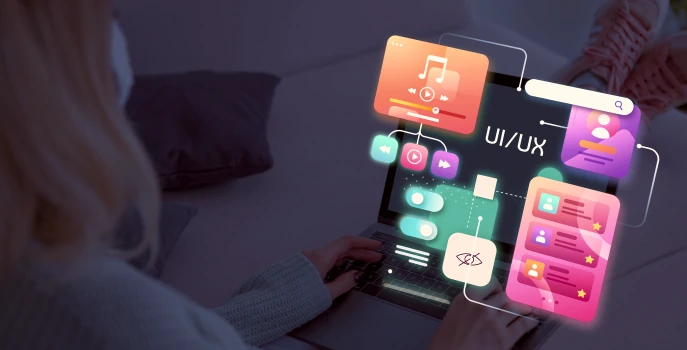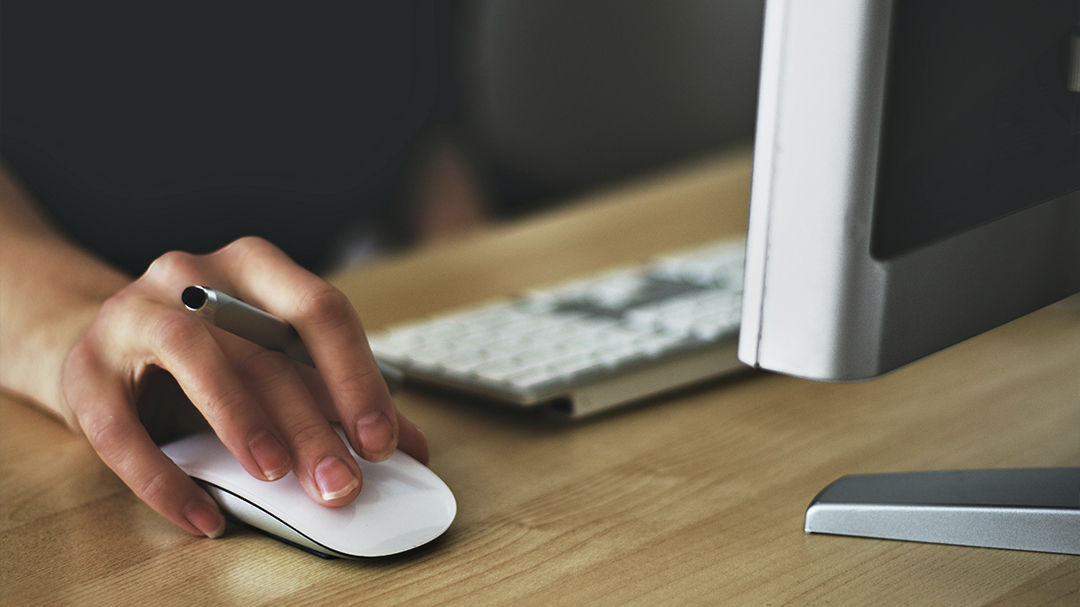
User experience (UX) design continues to captivate the tech world as it strives to create innovative products, apps, website designs, and user interfaces. Its primary objectives are twofold: meeting new user demands and providing exceptional interactions with products, while also equipping brands and businesses across all industries with the means to satisfy their customers effectively.
In the dynamic realm of UX design, finding the right balance between engaging users and addressing their needs is crucial. As we navigate the evolving landscape of UX design in 2023, it becomes evident that the industry is moving beyond mere metrics to focus more on the human element in our designs.
Here are ten UX design trends to keep an eye on in 2023:
- Advanced cursor interactions
- Personalized experiences
- Data visualization
- Dark mode
- Micro-interactions
- 3D designs
- Clean user interfaces (with a twist)
- AI-generated content
- The Metaverse
- Responsive design
1. Advanced Cursor Interactions: The humble cursor, a vital web design tool, is evolving into a sophisticated design element that plays a more prominent role in the user experience. With programs like Figma enabling complex UX design, designers now customize cursor shape, size, and animations, making it an intuitive tool for actions that previously required UI inputs. This enhancement leads to more engaging and user-friendly browsing experiences.
2. Personalized Experiences: Hyper-personalization has surged in the past year, with curated recommendations and suggestions tailored to individual users. UX designers are focusing on creating “total package” experiences that respect users’ personal needs, fostering emotional connections. Striking a balance between business goals and user-centric experiences requires setting stronger ethical boundaries and ensuring holistic user encounters.
3. Data Visualization: Data visualization has become an integral part of user experience, helping users interact with products and build trust. Beyond traditional pie charts and graphs, data is now presented in visually appealing and personalized ways, creating meaningful connections with users. Expect more brands to embrace data visualization tools to improve user interaction and aesthetics.
4. Dark Mode: Dark mode, featuring predominantly dark color palettes and light foreground details, gains popularity as it reduces eye strain and enhances readability. Designers appreciate its elegant and minimalistic appeal, making it a default choice in many UX designs.
5. Micro-Interactions: Micro-interactions, like the iconic “like” button on Facebook, add subtle visual movements that significantly impact UX design. These small animations, hovers, or data inputs create more engaging and enjoyable user experiences.
6. 3D Designs: Three-dimensional design experiences make a comeback, fueled by the availability of user-friendly 3D design tools. Expect to see more web and app design content embracing 3D elements in 2023.
7. Clean User Interfaces with a Twist: Minimalistic designs with subtle twists and unexpected elements cater to Generation Z audiences. These inventive touches add interest and engagement to an otherwise clean design.
8. AI-Driven Content: AI-powered content adapts to individual user preferences, streamlining research processes for UX designers and increasing user engagement. AI tools are accessible to both design professionals and amateurs, facilitating a more efficient creative process.
9. The Metaverse: The metaverse, a virtual space where users can interact in real-time, gains traction as technologies like augmented and virtual reality blur the line between the virtual and physical worlds. Personalization and creative expression through avatars and environments define the metaverse experience.
10. Responsive Design: With new screen sizes continuously emerging, responsive design remains essential for adapting interfaces to different devices seamlessly. UX designers now prioritize creating fluid user interfaces that adjust to any screen size or browser space, ensuring consistency across multiple devices.
In 2023, UX design advances further into the territory of human-centered experiences and personalized interactions. Designers embrace emerging technologies, enhance aesthetics, and strive to create meaningful encounters with users across various platforms, setting the tone for a more engaging and exciting digital landscape.


